Valdesquí, as a leading ski and mountain resort in the Central System, has as a fundamental premise in its socio-economic development the protection, conservation and sustainability of its environment. This trend, which materialises in a series of actions every year, has grown over time and represents a fair reciprocity with nature. A guarantee of balance between the quality of the area’s ecosystem and tourism.
Estación Alpina de Cotos S.A., responsible for the management of Valdesquí, conceives the resort as a sports complex complemented with sustainable actions and environmental education. It applies guidelines for coexistence and conservation that safeguard and improve environmental and landscape quality, taking full account of its privileged location, classified as a special area of the Sierra de Guadarrama National Park.
Valdesquí collaborates with the Green Networks for Sustainability project and the International Network of organisations GAP Global Action Plan. Thanks to this alliance, we are increasing our social and ecological commitment to achieve a balance with our natural environment.
A PRIVILEGED ENCLAVE
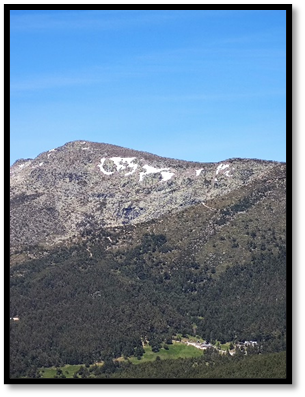
The Sierra de Guadarrama National Park is a protected natural area located in the provinces of Madrid and Segovia.
It was declared a National Park by Law 7/2013 of 25 June. It protects some 30,000 hectares of the Sierra de Guadarrama, which includes areas belonging to the autonomous communities of Madrid and Castilla y León. Of the fifteen Spanish National Parks, it is the most recent, as well as the fourth largest. In 2015, with 2,989,556 visitors, it was the second most visited national park in Spain, after the Teide National Park.
The park seeks to protect the eleven different ecosystems present in the Sierra de Guadarrama, some of them Mediterranean high mountain ecosystems, unique in the peninsula. In total, in the area declared a national park there are more than 1,280 species, of which thirteen are in danger of extinction, more than 1,500 native plants and thirty types of vegetation. The animal species present in the park account for 45% of the total fauna of Spain and 18% of the European fauna. Among the plant species, the Scots pine, the Melojo oak, the juniper, the holm oak and the broom oak, among many others, stand out. As for the fauna, there is an abundance of mammals such as deer, wild boar, Iberian wolf, roe deer, fallow deer, mountain goats, badgers, various mustelids, wild cats, foxes and hares. There are also a large number of species of aquatic birds in the reservoirs, and large birds of prey such as the imperial eagle or the buzzard.

ACTIONS FOR SOCIAL AND ENVIRONMENTAL IMPROVEMENT
1. CO2 REDUCTION: PRIVATE TRANSPORT
Private vehicles: since 2017, we have been offering our customers accessing the resort in their private vehicle a pioneering system in Spain, which is constantly evolving, for the online sale of ski passes complemented by a free parking space reservation. With this online booking process, our customers can go up to the resort at any time they wish, as their parking space is already reserved.
And what do we achieve with this new system?
- It is no longer necessary to arrive at the station early in the morning to get a parking space and then wait in the car park with the car engine running and the heating on, with all that this entails in terms of CO2 emissions. Thanks to the free parking space reservation on peak days, we are greatly reducing the harmful gases emitted by vehicles. Customers enter the station with the guarantee of having a reserved parking space. Thanks to this service, customers can access the station at any time they wish. In addition, we encourage carpooling by always proportionally increasing the number of spaces available for vehicles carrying 2 or more people inside.
- To reduce traffic congestion on the access and exit roads to the station by eliminating the surplus of vehicles that will not be able to park in our car park without prior online booking. The capacity of the station car park is very limited.

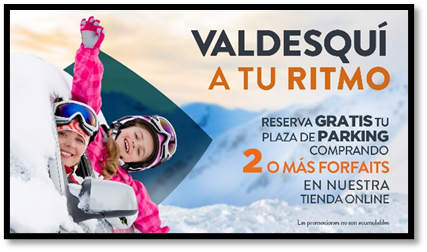
2. CO2 REDUCTION: COLLECTIVE TRANSPORTATION
To significantly reduce CO2 emissions, it is essential to promote collective transport by bus, whether public or private, and by the Cercedilla – Cotos electric train.
What measures does the station adopt to promote public transport and how do they reduce CO2 emissions?
- Private buses: 33% of all clients who have visited the resort during recent seasons have used this means of transport due to the reduction in prices on ski passes and specific ski and snowboard rental equipment for groups. On the other hand, Valdesquí has a free bus service called Bus-Transfer that runs the Moncloa – Valdesquí route.
- Public buses: a large number of customers who have visited the station during recent seasons have used Grupo Avanza buses (line 691 and Bus Los Molinos). Customers who access the station with this public service are guaranteed the sale of the ski pass at the ticket office even if the parking lot is full as long as there are no capacity limitations.
- Electric train: Valdesquí has a free Shuttle Bus service that runs the Cotos – Valdesquí route. In this way, any skier who decides to climb the mountain pass in this historic transport will be able to access the base of the resort without additional costs.
All these measures cause 40% of customers during recent seasons to prefer to access the station by public transport.
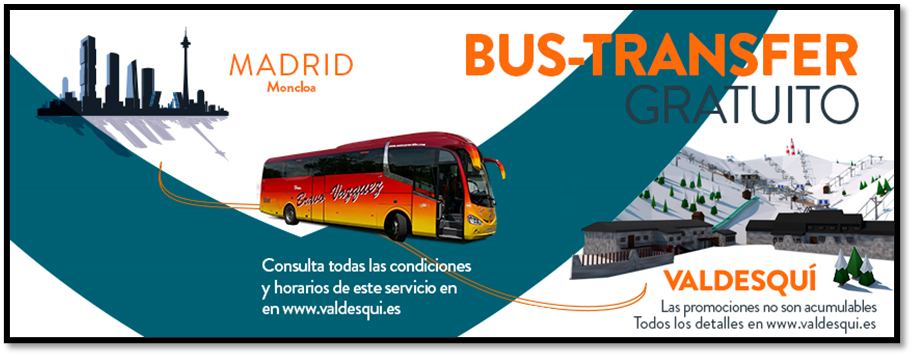
3. ELIMINATION OF ELECTRICAL TURRETS
In 2022 we buried a new power line to supply the station. This line, more than 2 kilometres long, ran through National Park land and although this line was no longer harmful to birds due to the risk of electrocution, as we installed safety devices for birdlife, we have proceeded to eliminate the foundations, chopping up the concrete and removing the resulting rubble, removing the metallic turrets and overhead cables, which means that this sector of the National Park has been returned to its natural state.
The medium-voltage cable that supplies electricity to the station is now buried in the road leading to the station, so it has been completely removed from view.
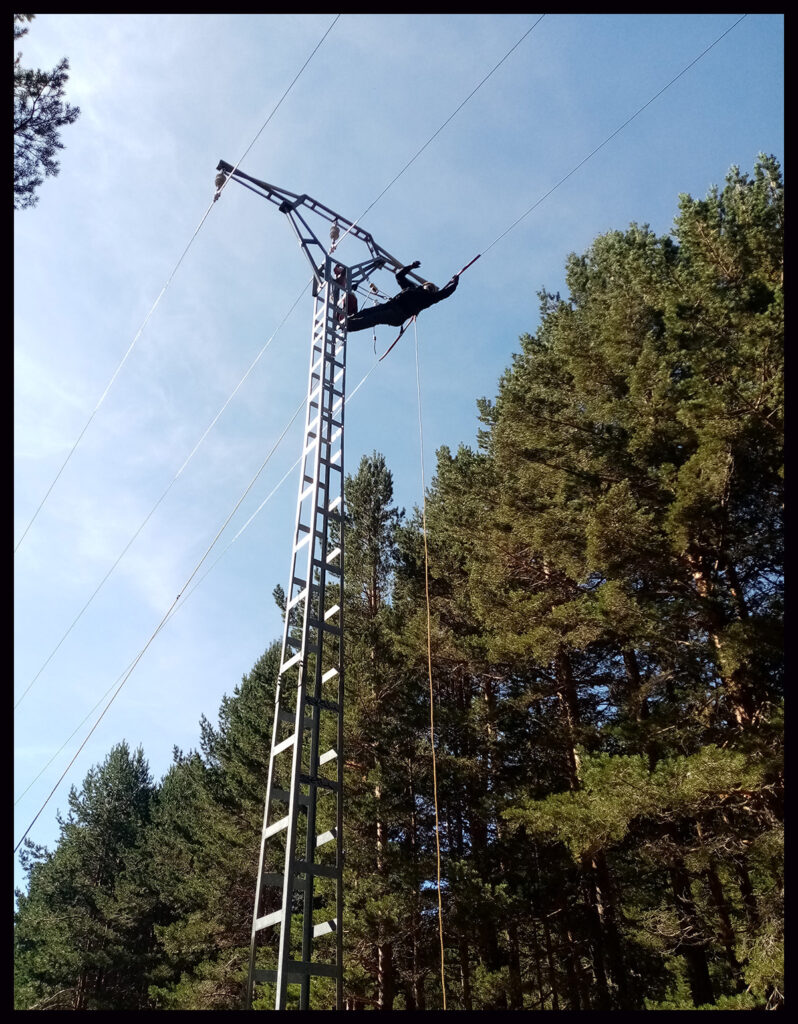


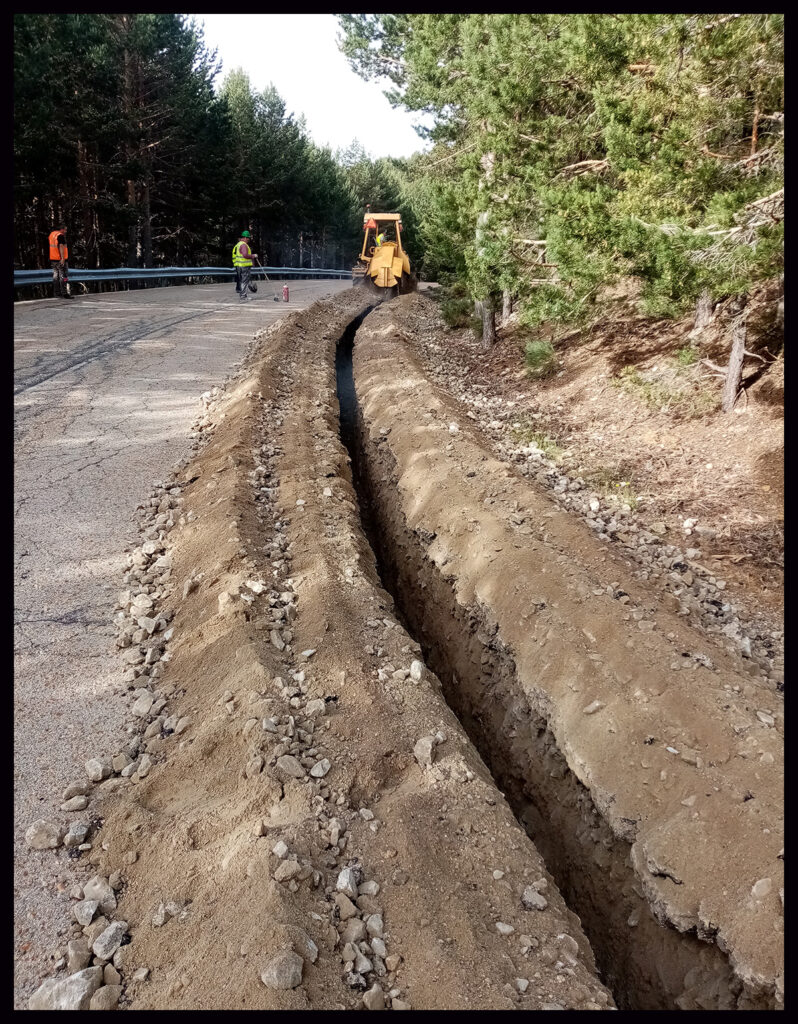
4. ENVIRONMENTAL TRAINING FOR WORKERS
All station managers and coordinators receive up-to-date environmental training courses, including training in:
- Business and the Environment: Corporate social responsibility.
- Environmental Management: Concepts and implementation.
- Concepts of Hydrology: Management and uses of water.
- Structure and Dynamics of the Environment.
All this training is then implemented in any action carried out at the station throughout the year.
5. NATURAL MIMETISM IN BUILDINGS AND INFRASTRUCTURES
Due to the special environment in which the station is located, it is essential that all buildings blend in with the landscape naturally. The visual effect of the station is very relevant and continuous improvements are undertaken to mimic it.
All the facades of the buildings are made with native stone masonry and all the roofs offer the same color as the surrounding vegetation.
Some of the lifts also offer a color that suits the vegetation that surrounds them, as well as the elements of the boarding and wooden coverings of the cabins that are needed for their operation.

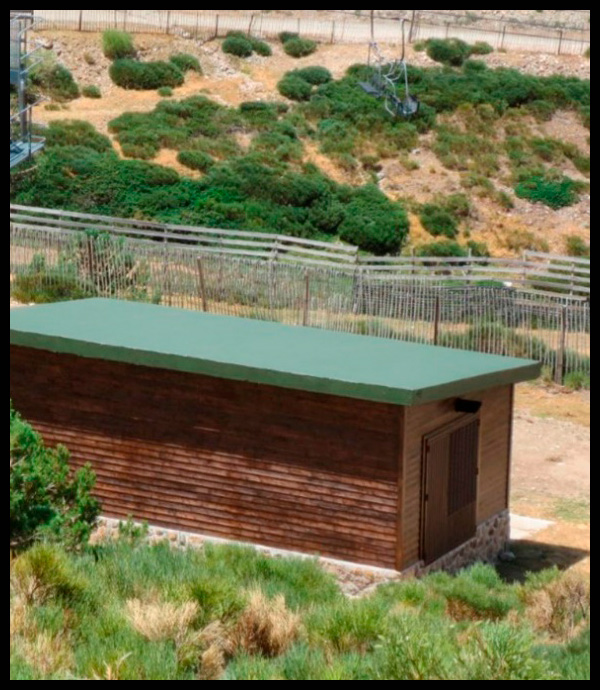
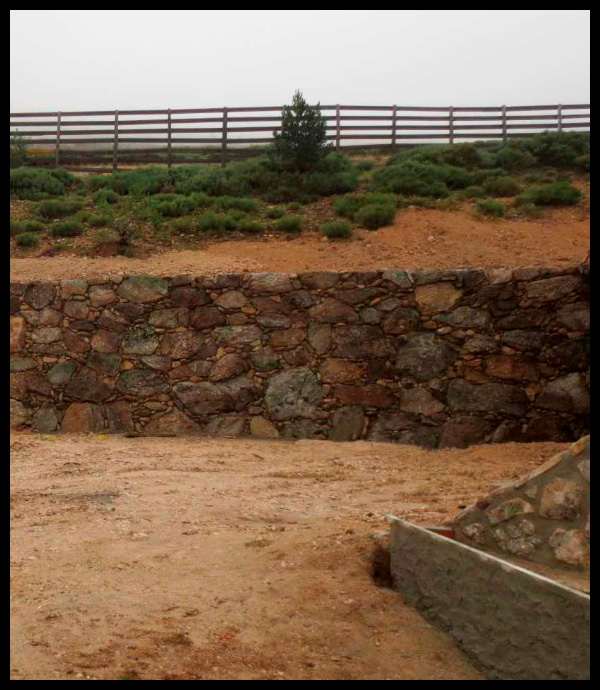
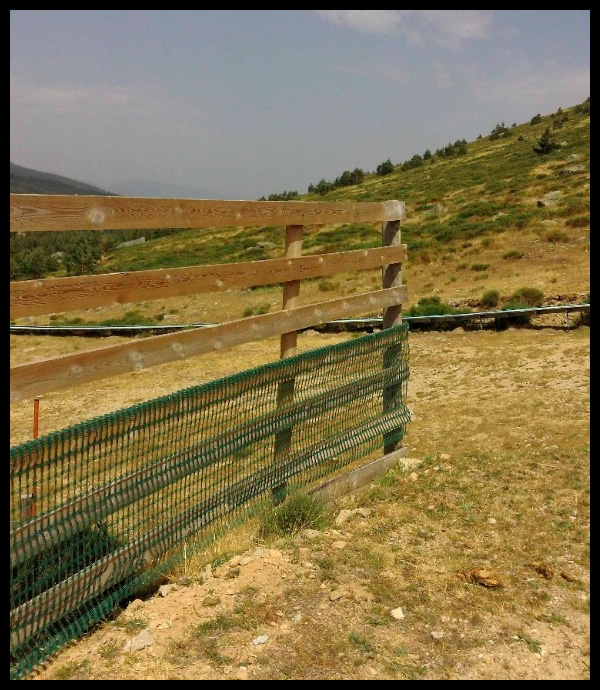
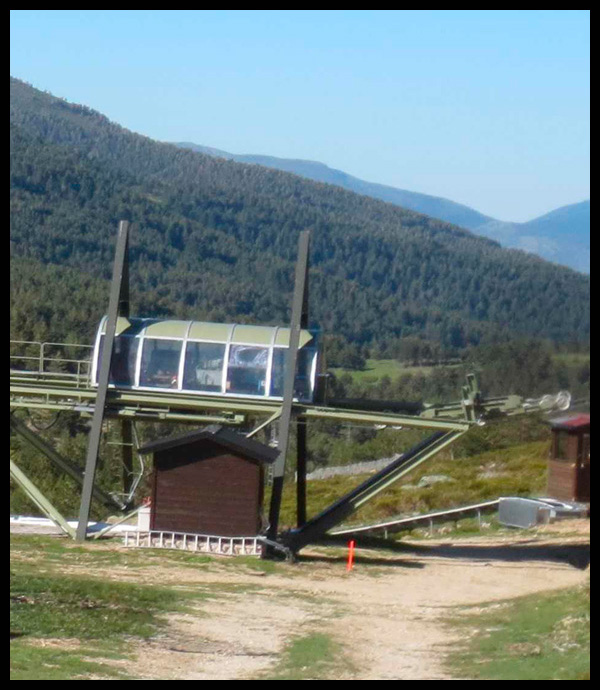
6. SOWING AND RUNOFF
Currently the station is involved in a process of recovery of the natural environment in specific areas.
In all these areas, sowing and exhaustive care of the land is being put into practice, creating areas where we prohibit passage with the aim of recovering the land, placing special emphasis on the old roads that were used for the work of maintenance in which access was made with 4×4 vehicles.
The planting and recovery of selected areas prevents erosion due to runoff, since days of intense rain that cause streams to overflow cause erosion in the areas close to them. The lush vegetation protects the land from said erosion, being especially protected and eliminating excess sediment in the river courses, improving the quality of the water as it descends through the valley.
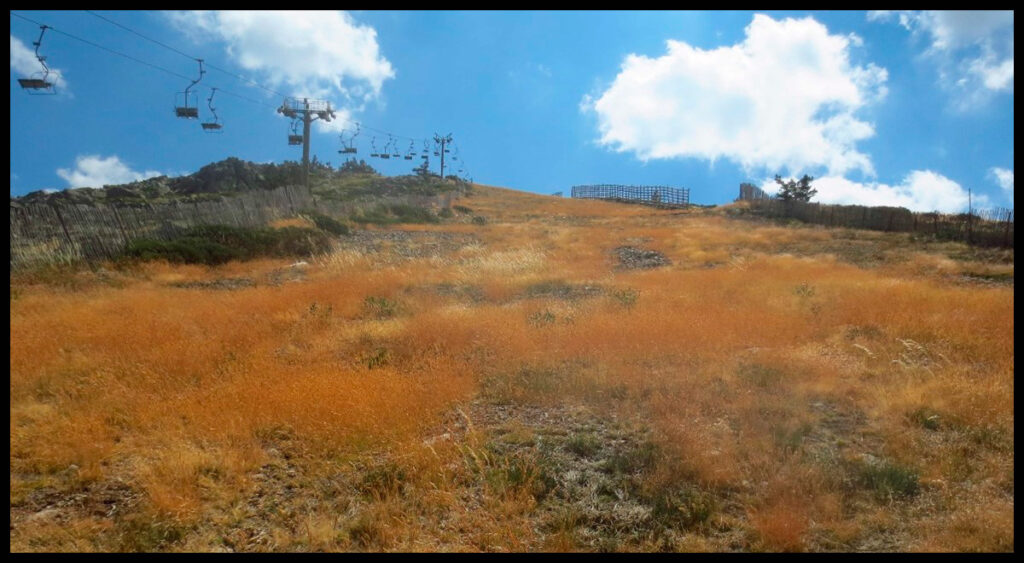
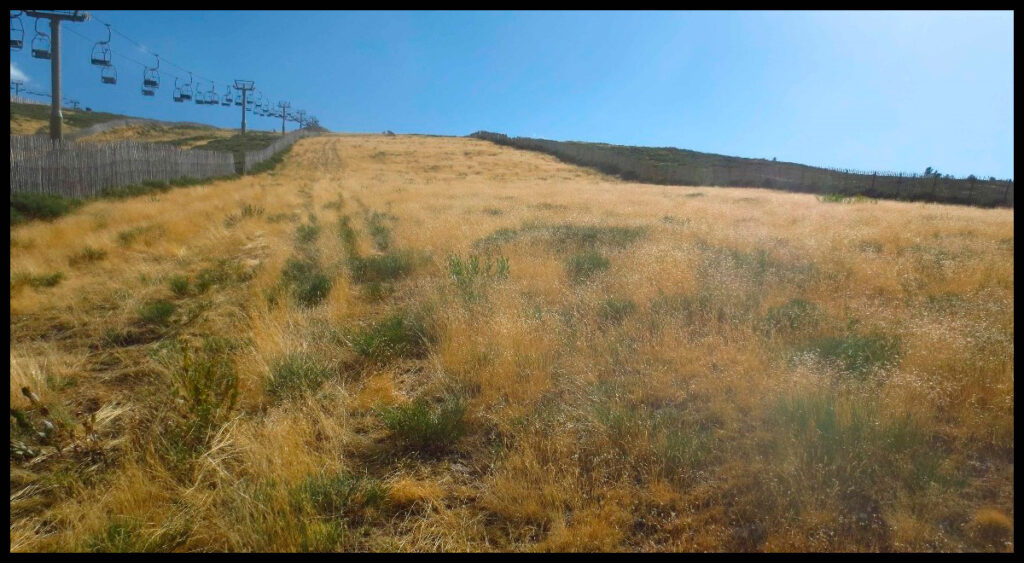
7. CONTROL AND RECYCLING OF WASTE
Paper track plans? Plastics in cafes? Brochures? OUT!
We work to eliminate all waste that can be replaced by biodegradable or 100% recyclable packaging. The station is committed to the separation and recycling of waste. The incorporation of containers with separators means that the waste, once separated, is directed to the corresponding recycling/waste treatment plants.
Technology also plays a fundamental role, all the information to have a good day at the station fits in a pocket. The accessible and free Valdesquí APP and website is now part of everyday life, updated and verified information in real time.
8. FLEET OF SNOW GRAVING VEHICLES AND MACHINES
Valdesquí has new vehicles designed to transport employees. All of them pass the most modern EURO 6 controls.
The efficiency of the Pistenbully 600 snow groomers exponentially reduces CO2 emissions compared to its predecessors since its particle filter and AdBlue tank reduce emissions to a minimum and reinforce respect for the environment.
The station has 2 new hangars completely equipped for waste control during maintenance inspections. Waste such as synthetic oils, antifreeze and hydraulic oils are sent directly to waste treatment plants.
9. GOOD PRACTICES (clients, cleaning efforts)
Each season we develop awareness campaigns accompanied by a communication plan. It is very important that visitors to the station are aware of the responsibility that each of us has in the efficiency of waste disposal (butts, packaging remains, food remains…)
Throughout the year, station staff carry out garbage collections beyond the station boundaries.
Currently, actions are being created where clients themselves will carry out cleaning and waste removal campaigns, thanks to the support and collaboration of the Green Networks initiative.
10. ARCHITECTURAL FENCES AND BARRIERS
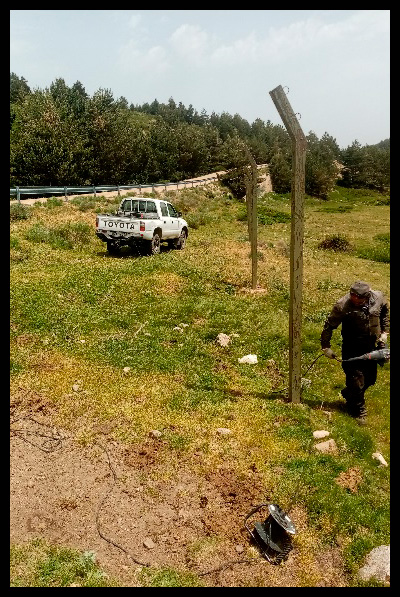
The elimination of architectural barriers is a reality. During 2021, the station has removed more than 600 meters of fencing on the access periphery and in the parking lot. With this action, the natural passage of fauna is facilitated, improving their living space and their access to natural drinking fountains.
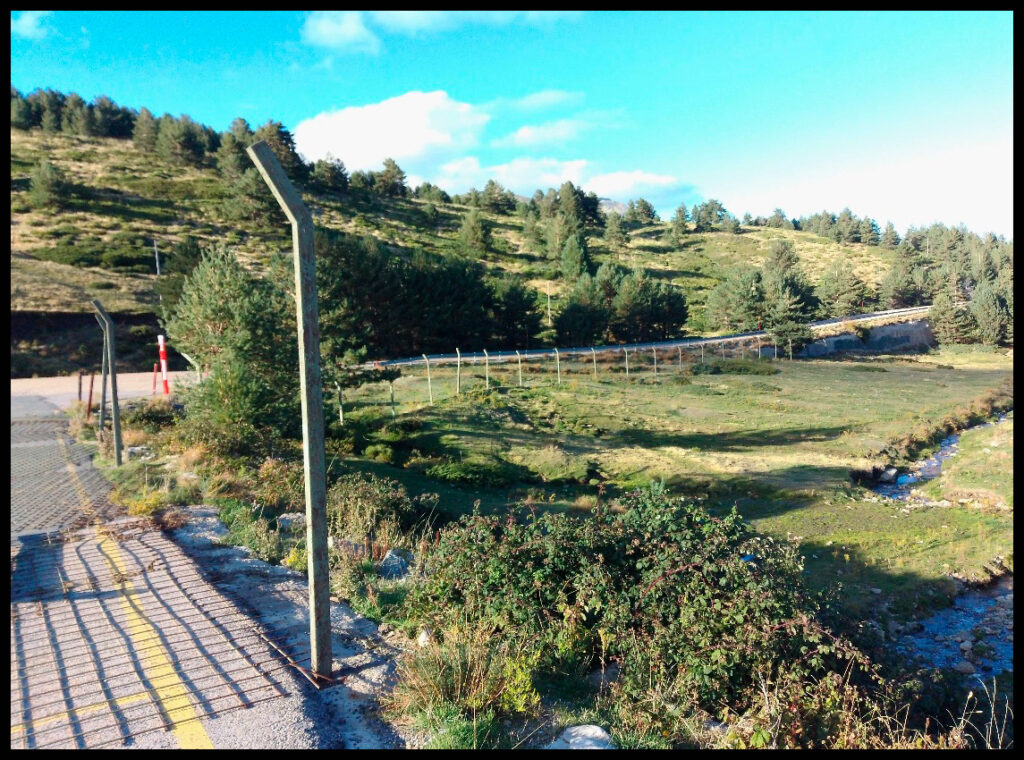
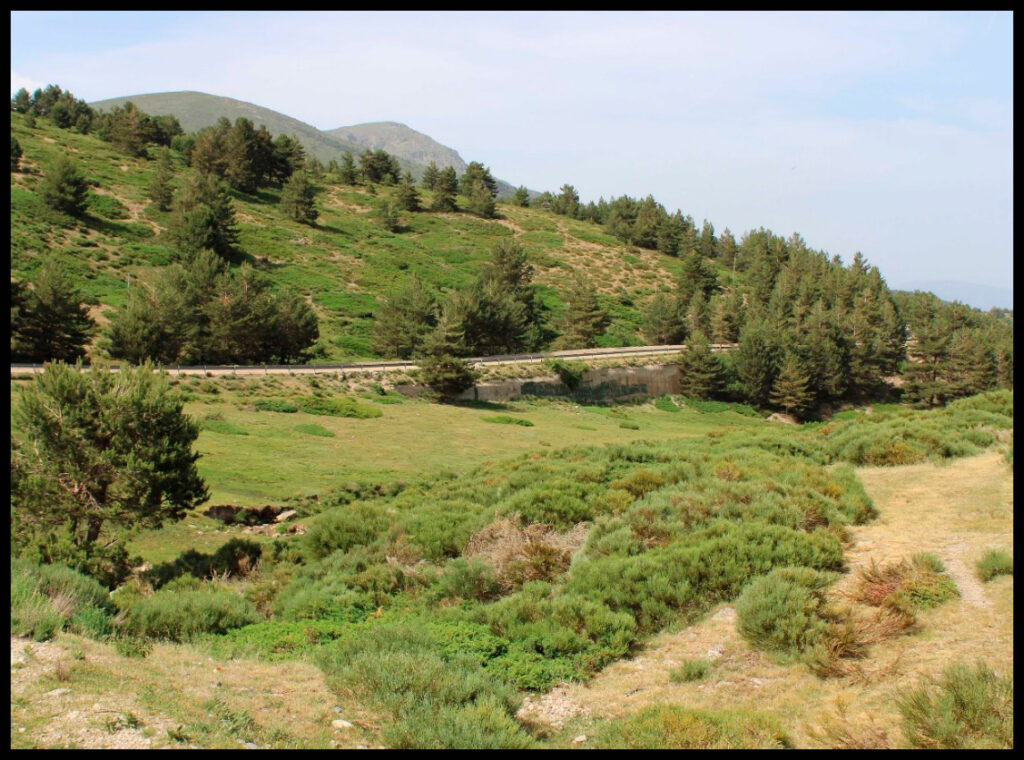
11. EMERGENCY PROTOCOLS
Access to the station for road traffic has also been improved; currently, while the station is without service to the public, access to vehicles is prohibited from Cotos. Avoiding any possibility of accidents and reducing the pressure of visitors to this area of the Sierra de Guadarrama.
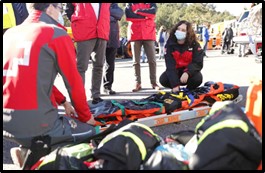
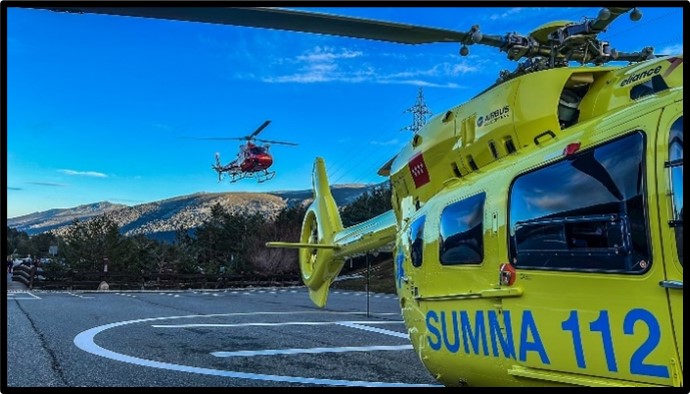
Valdesquí has another car park in the port of Cotos that has been transferred to Emergencies 112 of the Community of Madrid. A new heliport has been located at this location that provides service in case of emergency to all citizens who visit this area of the Sierra.
12. REMOVAL OF OBSOLETE EQUIPMENT
We renew equipment to improve the functionality and visual harmony of the station. These improvement tasks are always carried out promoting environmental commitment and recycling.
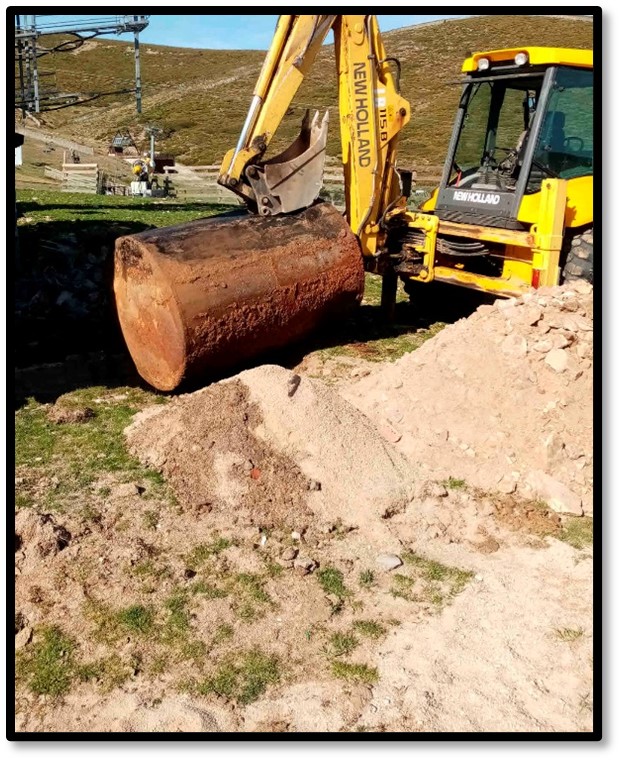
13. EDUCATION AND ENVIRONMENTAL AWARENESS
Since the summer of 2018, a series of sports, educational and interactive activities have been developed in Valdesquí under the premise of education and environmental awareness.
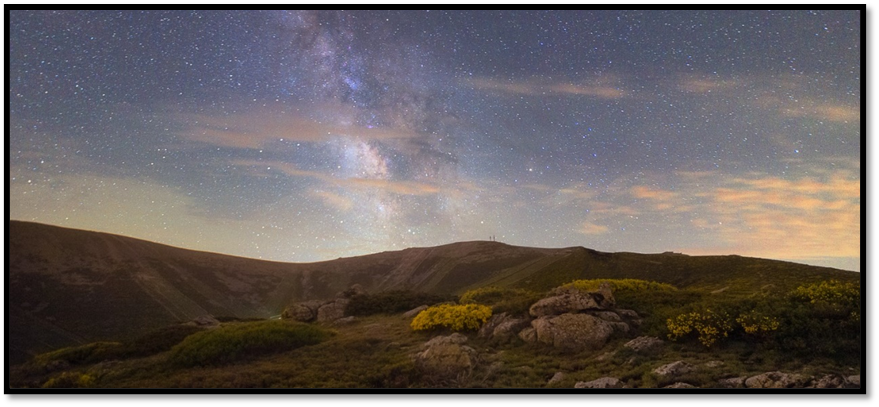
These activities are carried out during the summer period without the creation of new infrastructure. Their operations are taken care of in detail and they are intended for all people who want to spend a beautiful day in a natural setting far from the stress of big cities. A perfect plan for families and groups of friends who want to discover the Sierra de Guadarrama from another perspective.
High mountain guides, biologists, professional photographers, astronomical technicians and scientific disseminators are in charge of guiding this type of activities for all the public who visit the resort outside of the ski season. More than 2000 people have already spent the summer with us. Hiking, the geological formation of the National Park, flora, fauna, astrotourism and photography are the fundamental pillars of these activities.


